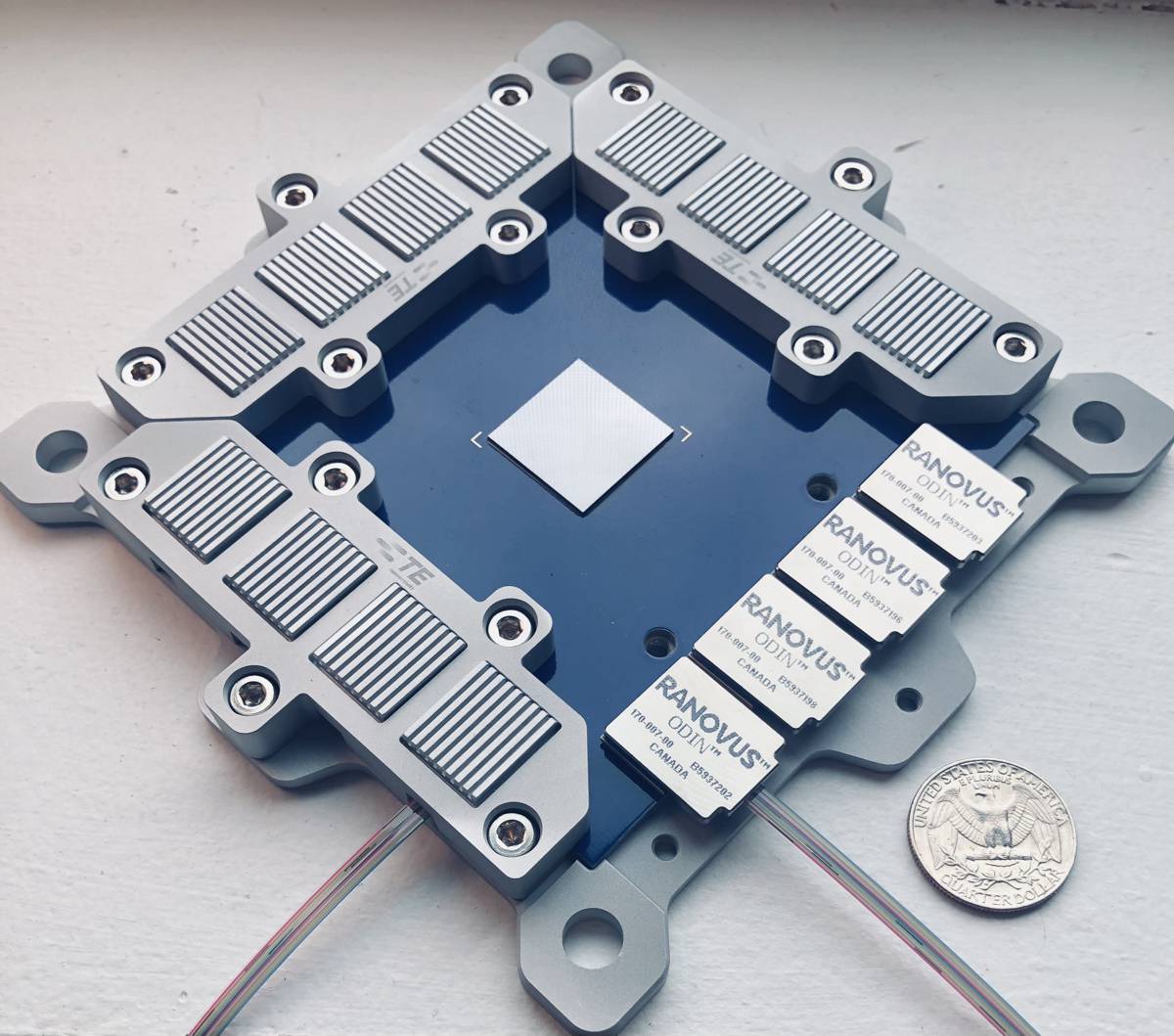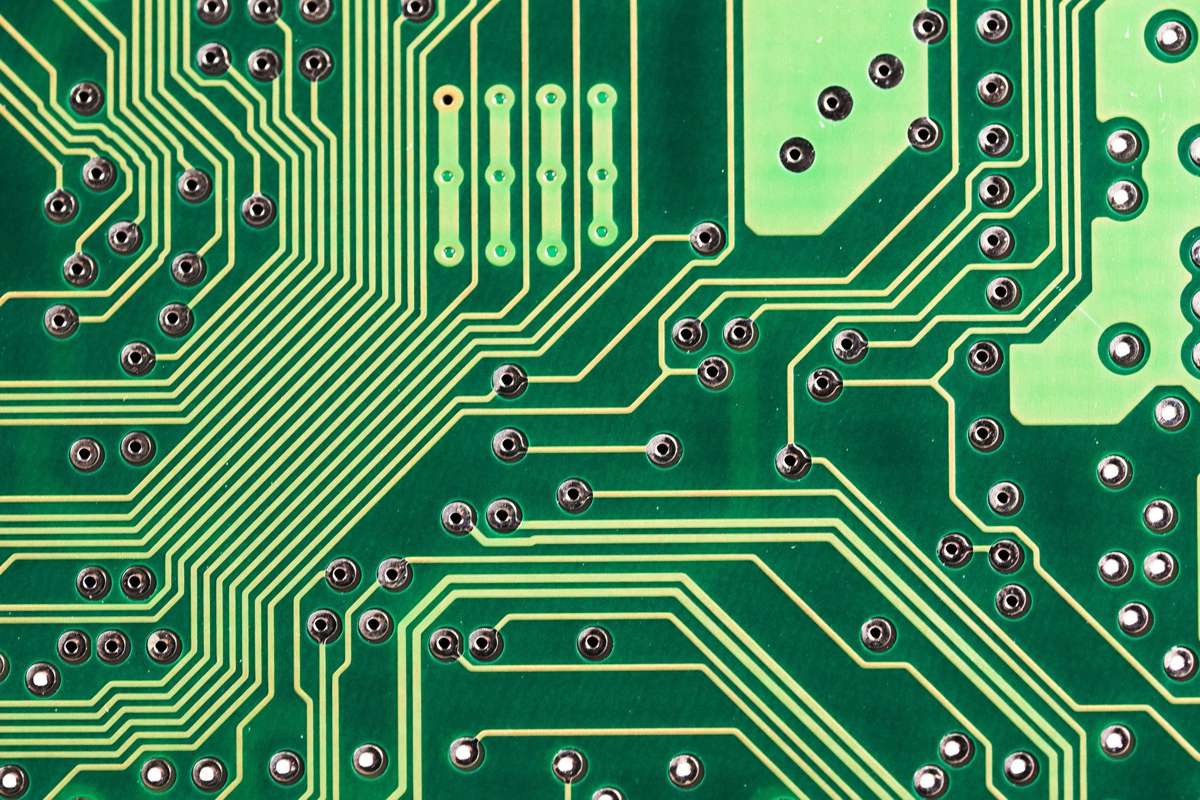Ranovus announces Single Chip Odin Analog-Drive Co-Packaged Optics
Ranovus Inc. today announced at OFC 2021, the leading optical networking event in North America, the next step in reducing power consumption and overall costs for hyperscale data centre operations with the introduction of the Odin™ Analog-Drive CPO 2.0 architecture.
Co-packaged Optics, or CPO, is an innovative approach that provides nx100Gbps PAM4 Optical I/O for Ethernet switch and ML/AI silicon in a single packaged assembly, which significantly reduces the cost and power consumption of the complete system.
With data centre traffic growing at an unprecedented pace, fuelled by advances in AI and Machine Learning, the networking infrastructure must scale in capacity while maintaining its total power consumption and footprint. Ranovus announced in March 2020 its first generation of co-packaged optics (CPO 1.0), which enabled an attractive multi-sourced solution for 51.2T Ethernet switch applications.
CPO 2.0 improves on CPO 1.0 while maintaining optical interoperability and brings the following advantages to the ecosystem:
- 40% cost and power consumption savings through:
- Eliminating the retimer function in the Odin™ Analog-Drive optical engine
- Enabling a cost-effective single die solution with the Odin™ Analog-Drive optical engine
- Smaller footprint
- Reuse and Optimization of existing 100G PAM4 and PCIe Ser/Des chips vs new investment in an XSR Ser/Des chip for data centre applications
Customer trials with Odin™ Analog-Drive CPO 2.0 are planned in Q4 2021.

“We launched Odin™, our next generation monolithic EPIC and laser platform for multi terabit Co-Packaged Optics (CPO) applications in data centres, in March 2020. The Odin™ platform is a low latency, high density, protocol agnostic monolithic optical engine that delivers massive optical interconnect bandwidth with industry-leading cost and power efficiency,” said Dr. Christoph Schulien, EVP of R&D and Systems at Ranovus. “The Odin™ Analog-Drive configuration eliminates the retimers in the CPO 1.0 configuration, which brings about a 40% cost and power reduction to the overall system.”












